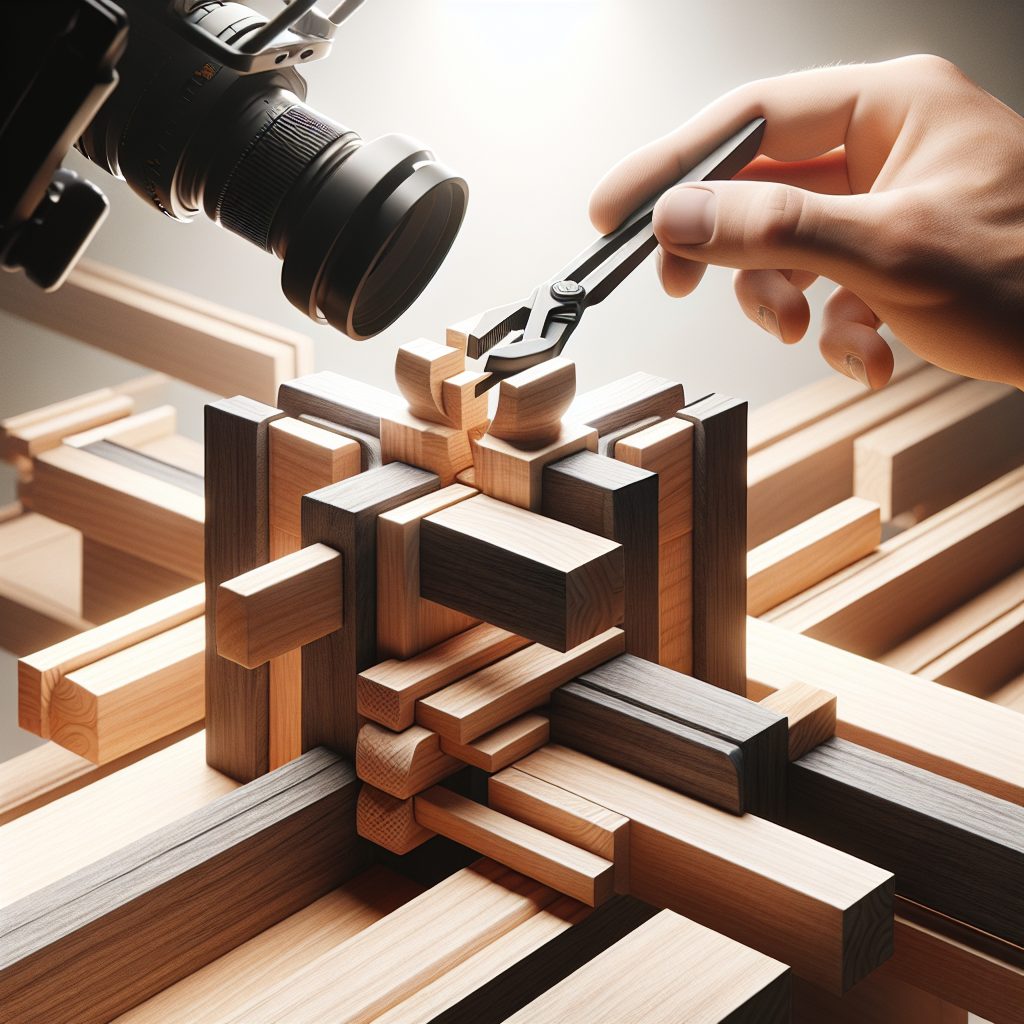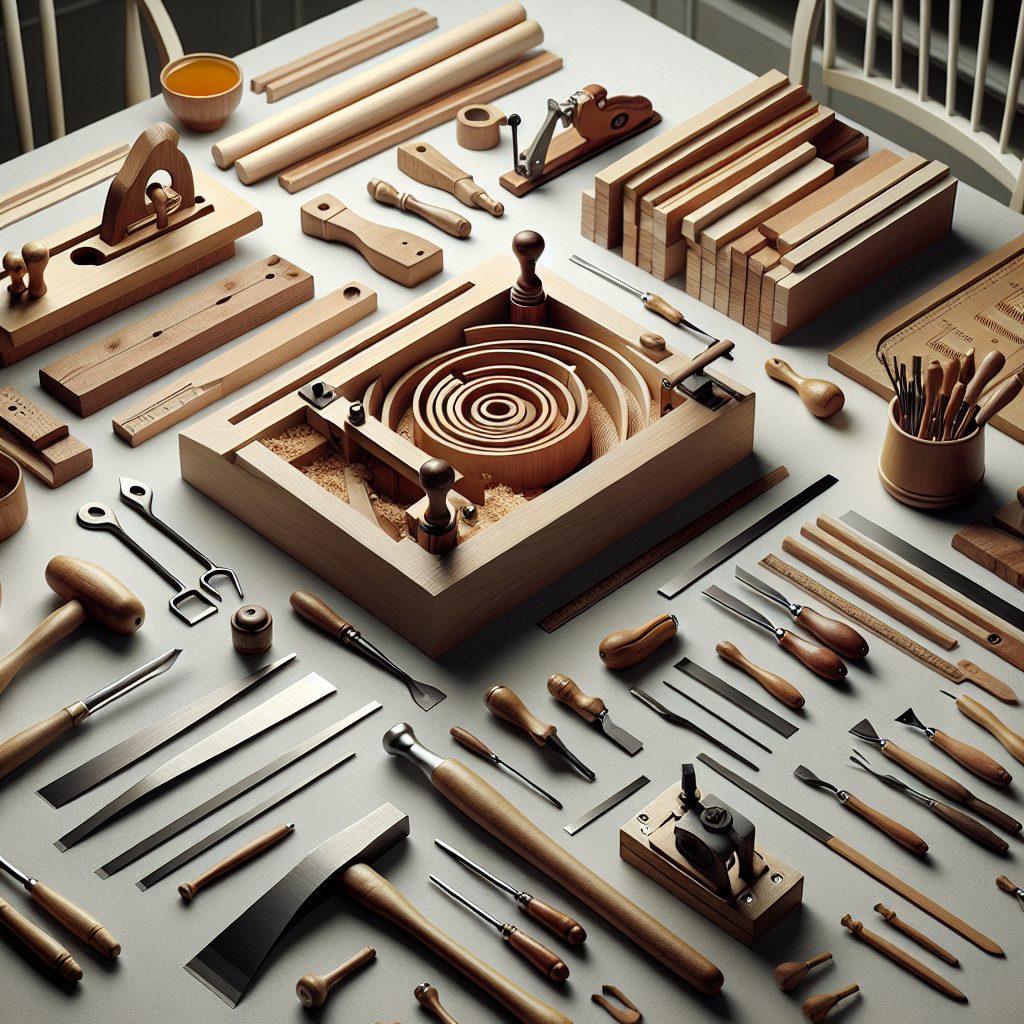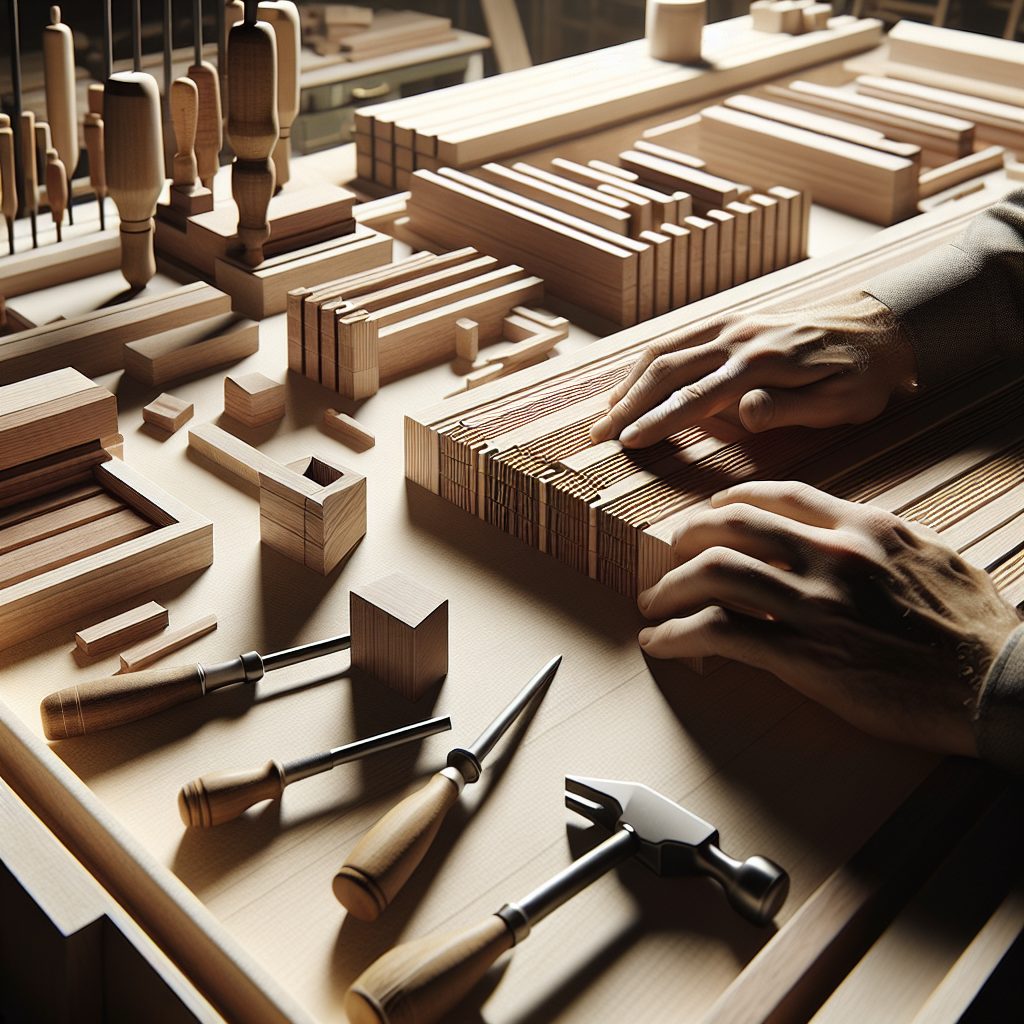Wood joinery is a fundamental skill in woodworking that combines artistry with precision. Mastering various joinery techniques can significantly enhance the durability and aesthetics of your projects. Whether you are a novice or an experienced woodworker, understanding the essential methods of joining wood will elevate your craftsmanship and open up new possibilities for your creations.
Understanding the Basics of Wood Joinery
At its core, wood joinery refers to the methods used to connect two or more pieces of wood together. The strength and effectiveness of a joint are determined by the type of joinery technique employed. For instance, the diy wood joinery techniques explained can help you identify which method is best suited for your specific project. Common types of joinery include butt joints, miter joints, and dovetail joints, each offering unique benefits and challenges.

When starting with wood joinery, it’s crucial to understand the characteristics of the wood you are working with. Different species have varying densities, grain patterns, and moisture content, which can affect how well they hold a joint. Additionally, the tools and adhesives you choose can also influence the strength and longevity of your joints. Familiarizing yourself with these factors will set a solid foundation for your joinery skills.
As you delve deeper into the world of joinery, consider the importance of precision and attention to detail. Accurate measurements and cuts are vital for creating joints that fit snugly together. This not only ensures the structural integrity of your projects but also enhances their visual appeal. Practicing these fundamental skills will serve as a stepping stone toward more complex joinery techniques.
Advanced Joinery Techniques
Once you have grasped the basics, you can explore advanced joinery techniques that will further refine your woodworking skills. Techniques such as mortise and tenon joints, dovetails, and lap joints require a higher level of precision and craftsmanship. For instance, learning about common woodworking mistakes can save you time and resources while working on intricate projects.

Advanced joinery not only improves the strength of your projects but also adds a level of artistry that can elevate your work to new heights. Each technique has its own set of tools and methods, which may include chisels, clamps, and specialized jigs. Understanding how to use these tools effectively will enhance your ability to create joints that are both functional and visually appealing.
Moreover, experimenting with different wood species can lead to exciting discoveries in your joinery practice. Some woods are more forgiving than others, making them ideal for beginners. As you become more comfortable with advanced techniques, you may wish to explore wood finishing techniques that complement your joinery skills and enhance the overall look of your projects.
| Joinery Technique | Strength | Best Use |
|---|---|---|
| Butt Joint | Low | Simple frames |
| Dovetail Joint | High | Drawers and boxes |
| Mortise and Tenon | Very High | Furniture and doors |
